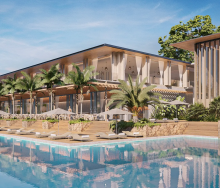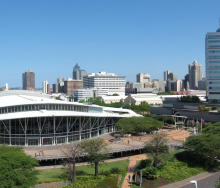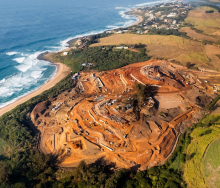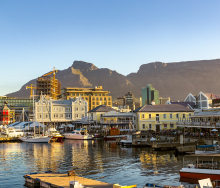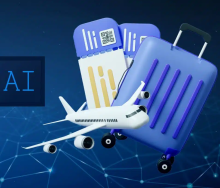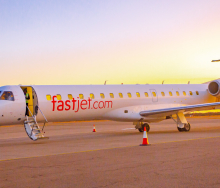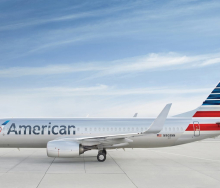After a series of financial woes saw South Africa’s national carrier, South African Airways, cease all operations in December 2019, much attention has been given to rebuilding the airline.
In an interview broadcast by SABC News, Professor John Lamola, SAA’s Interim CEO and Executive Chairman, spoke about the carrier’s strategy, which, he says, will keep operations ticking over smoothly and ensure profitability.
“Our focus is to keep our success story intact and growing. The airline is doing well… and what we are driving is a restructured, resized, and repositioned airline,” says Lamola.
SAA’s strategy is two-pronged. The first approach is to streamline its management and operation to ensure the airline increases its market share domestically and internationally. The second approach is to strengthen its strategic equity partnership, explains Lamola, highlighting that the latter is a process being managed by the Department of Public Enterprises.
“The aim isn’t to grow SAA for the sake of growing it, but to ensure that we respond to the needs of our customers and ensure financial sustainability,” says Lamola, adding that SAA has undergone a rigorous financial audit. The airline was due to present its financial statement in Parliament in September but missed this deadline. It has, however, said it would hold an AGM towards the end of the year, during which its financial statement will be presented.
The sky is the limit
The airline is currently on a mission to grow its fleet. When SAA relaunched in September 2021, it flew just three routes with six aircraft. Lamola revealed that the goal is to secure 13 aircraft to service 14 routes by December, including international routes to São Paulo and Abidjan. And, in a first for SAA, a seasonal route between December and February to Gqeberha is on the cards.
SAA also recently added two Boeing 737s to its fleet as part of a ‘damp lease’ agreement that will see the airline retain its own cabin crew.
“The aircraft that we get into operation will be serviced by SAA cabin crew, which is celebrated,” concludes Lamola.
SAA was recognised at the Skytrax World Airline Awards in June, where it received the award for the Best Cabin Crew in Africa for 2023.
What is wet, dry, and damp leasing?
The dry leasing of an aircraft to an airline only includes the aircraft. The airline is then responsible for each operational aspect of the vessel, including all crew, fuel, insurance, and maintenance.
Wet leasing, on the other hand, means that the lessee is provided with a fully functional aircraft that can also be branded by the airline and carry its own flight number, while damp leasing typically includes the aircraft, cockpit crew, maintenance, and insurance (ACMI).


